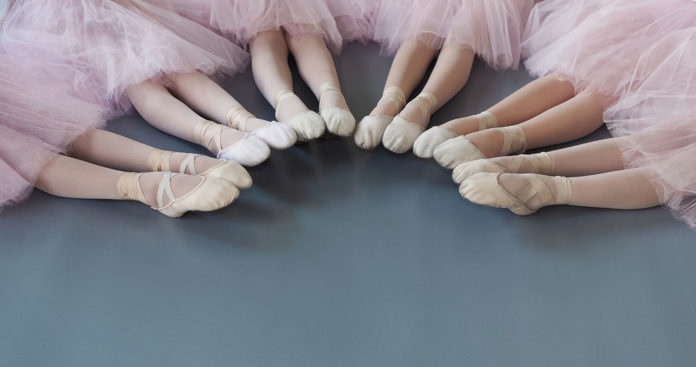Not only was the move to a new, larger building a good thing for Mankato Ballet Company because of continued growth, it also turned out fortuitous when establishing new safety protocols to enable reopening after a summer of COVID-19 concerns.
“It worked out well for us to plan the flow of classes,” said Eryn Michlitsch, 12-year artistic director at Mankato Ballet when talking about having emergency exits from each of their four studios.
As of Sept. 17, 262 students are enrolled, with 90 percent opting for in-person participation, Michlitsch said. That’s down from 315 students at the end of last year.
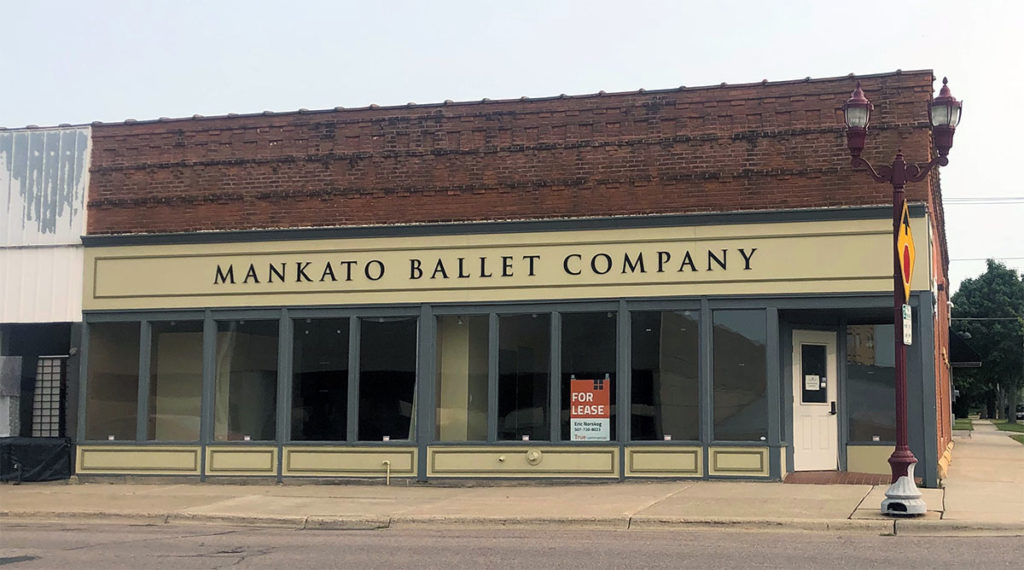
“Many [parents] have their kids home for school this year and have told us they appreciate the care we are taking to make sure the dancers are safe,” Michlitsch said. “[They] look at this as exercise or physical education for their kids, who tend to be cooped up, inside, and isolated during the day.”
A new opportunity
The new building came about when the owners of Cherry Creek Cabinetworks, who had had three children attend classes at Mankato Ballet, were looking to build a new showroom in 2017. They asked if Mankato Ballet would like to share the building, as well as providing many in-kind donations worth more than $66,000. Cherry Creek provided the shell, with the Ballet paying to build out their 9,000 square feet to create spaces they needed. Their rent covers utilities.
Many [parents] have their kids home for school this year and have told us they appreciate the care we are taking to make sure the dancers are safe.Eryn Michlitsch
“It’s been a lengthy process [of about three years], but I think now that we’re getting in there it’s been well worth it because it’s enormous compared to the space we’ve been in,” Michlitsch said. “And we were definitely out-growing that space.”
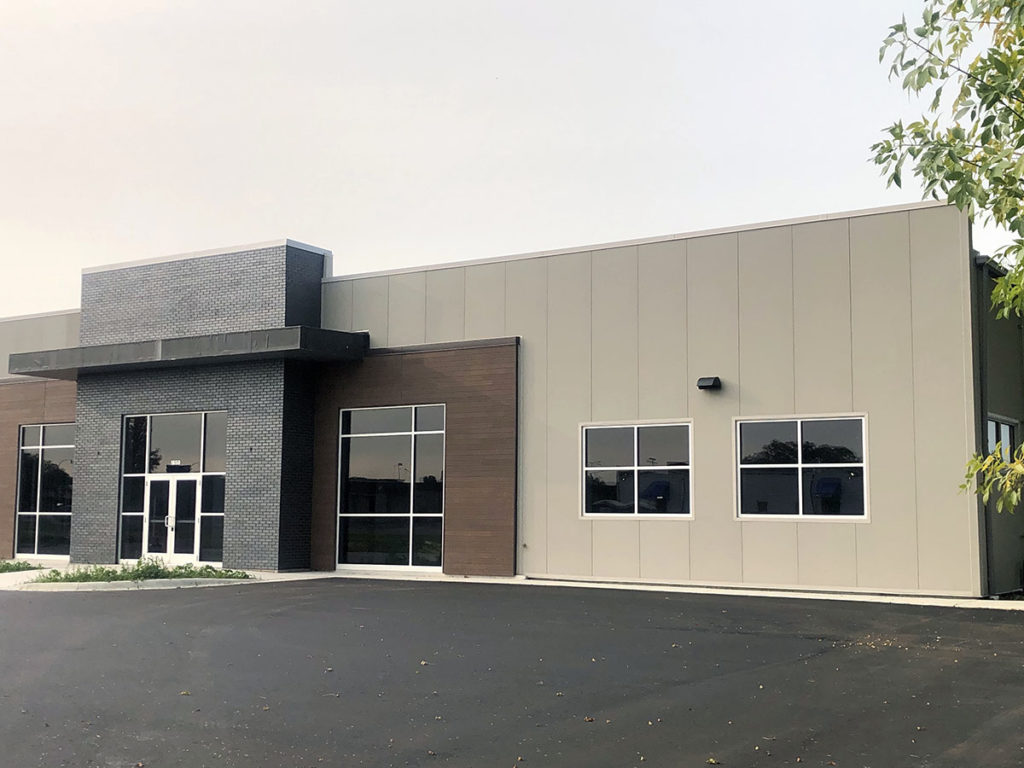
The new building is located 1650 Tullamore St., one black north of Madison Avenue. Besides an additional studio, there is a teachers’ lounge, a big sewing room and space on-site to store set pieces and other items that had been in the basement or other locations around town.
In the new building, a wide central hallway, combined with those studio emergency exits, makes traffic flow much safer.
“In the old space [on South Front Street], you often had to move through one studio to get out, causing contamination possibilities,” Michlitsch said.
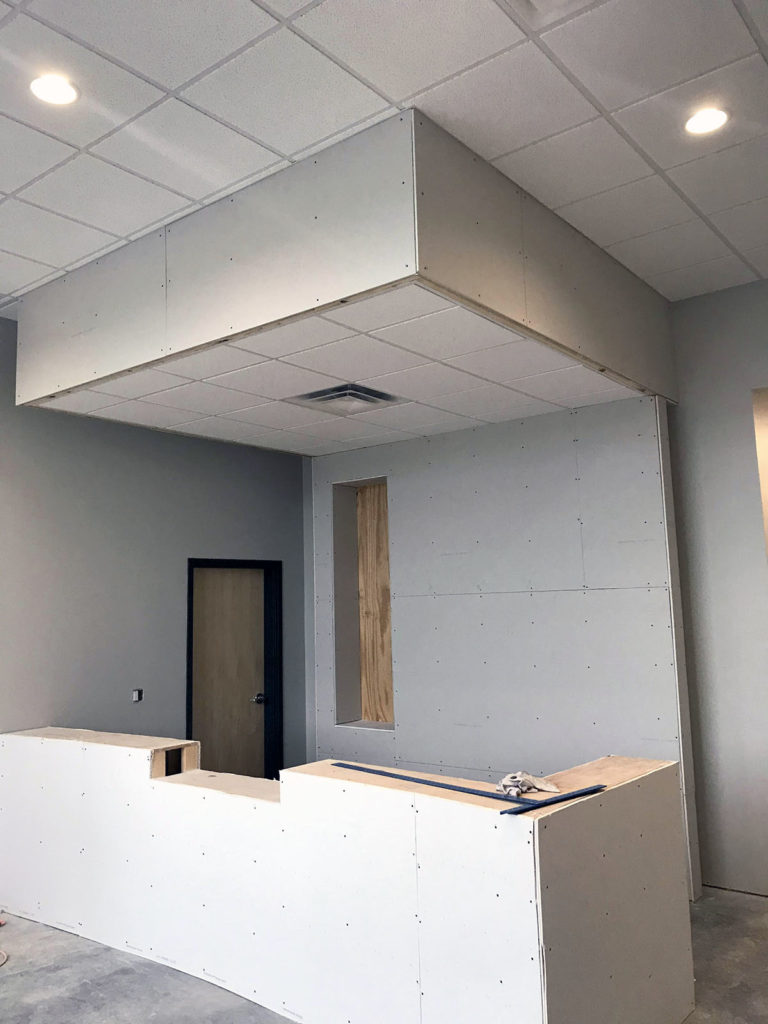
Classroom safety
According to Michlitsch, the Mankato Ballet Company plans to begin offering classes again on Sept. 28. The first step toward offering classes was limiting class sizes, then instituting social distancing and imposing mask requirements. In most cases, Michlitsch said they can maintain 10 to 12 feet between dancers, thanks to larger studio spaces. In working with younger students, instructors have incorporated “cute little stickers on the floor,” with students assigned an animal or character to help stay organized.
“When we got in there at the beginning of August, we knew that we were going to safely be able to accommodate that six feet,” said Kelsey Chester, Michlitsch’s assistant and instructor. “But it’s nice to be able to give us a little more breathing room.”
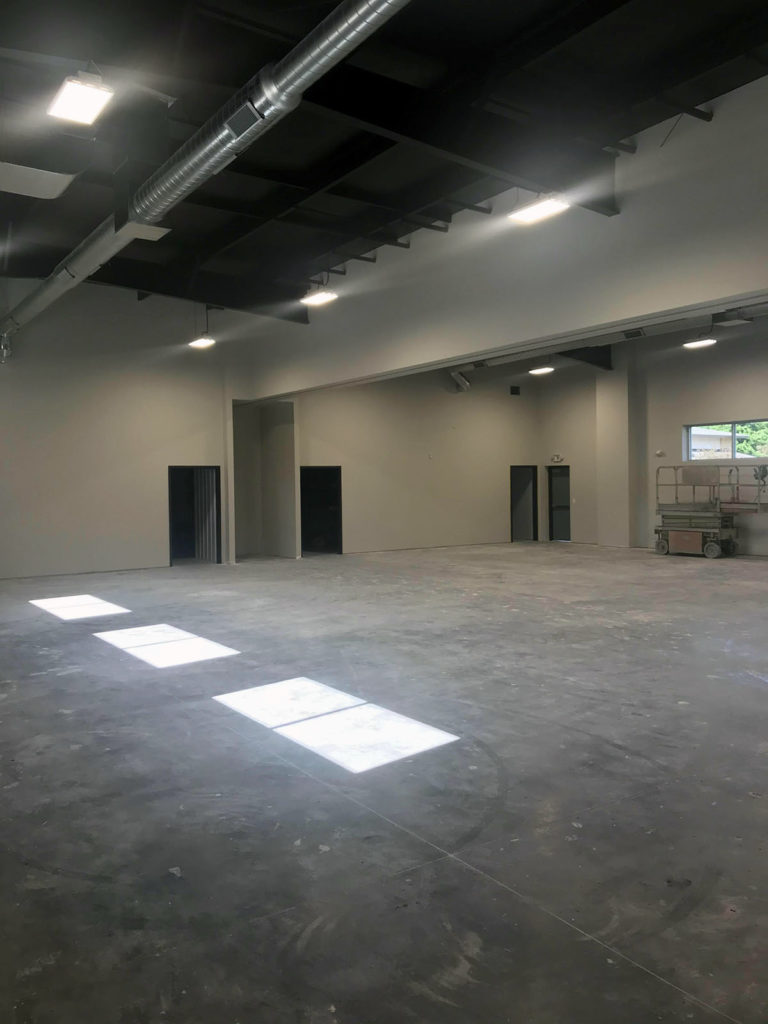
The Company has also implemented several drop-off procedures, including temperature checks, the requirement of masks when walking into the building and the use of a spot outside of each classroom where kids can wait for their instructor. The instructor will have an assistant to help move students in and out of the studios, and all high-contact surfaces will be cleaned between classes. Starting times are staggered so large waiting groups can be avoided.
Although the new building includes spaces such as a student lounge, boys’ and girls’ restrooms, and locker rooms, many of those spaces won’t be used at first, Michlitsch said. Instead, parents are asked to drop off students no more than five minutes before class starting times, and students are encouraged to leave the building between classes.
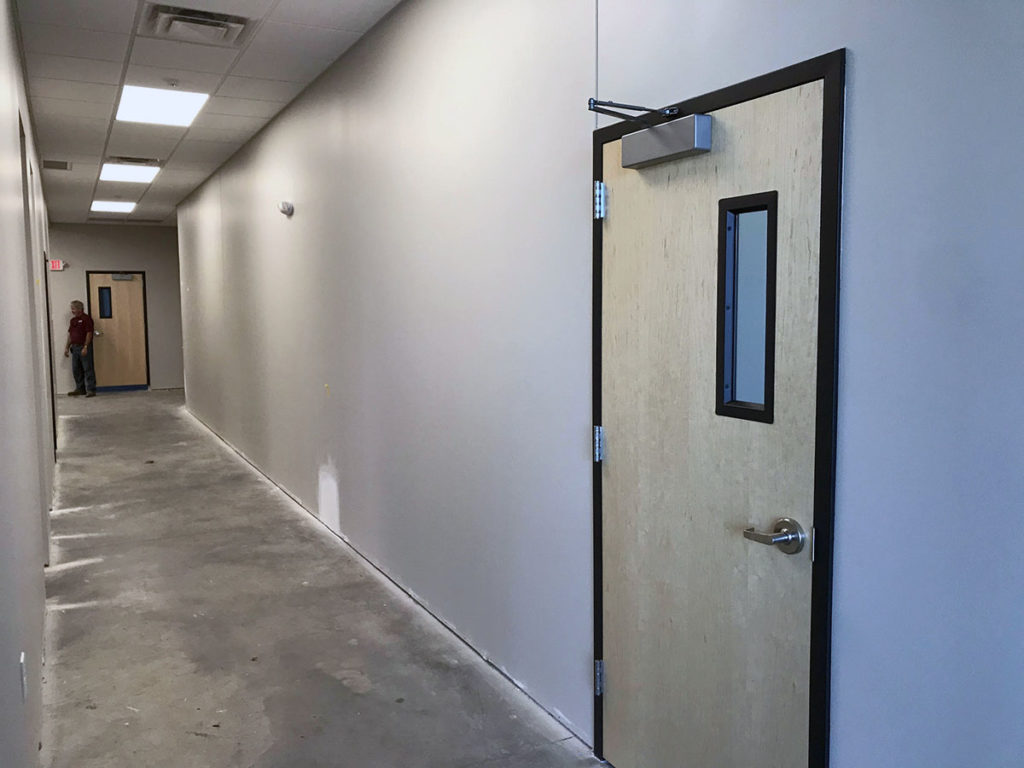
There is also the option of virtual classes if families prefer them.
“A few of our families have opted to do full virtual [classes], so that’s always an option that’s kind of cool,” Chester said. “After everything started in March, we used an app called Band…so it was already built in, the option to do live classes.”
Holiday hopes
According to Michlitsch, the hope is to continue the Company’s annual “Nutcracker” performance tradition before Christmas, though exactly where and how will depend on how COVID-19 progresses. In preparation, rehearsals will take place.
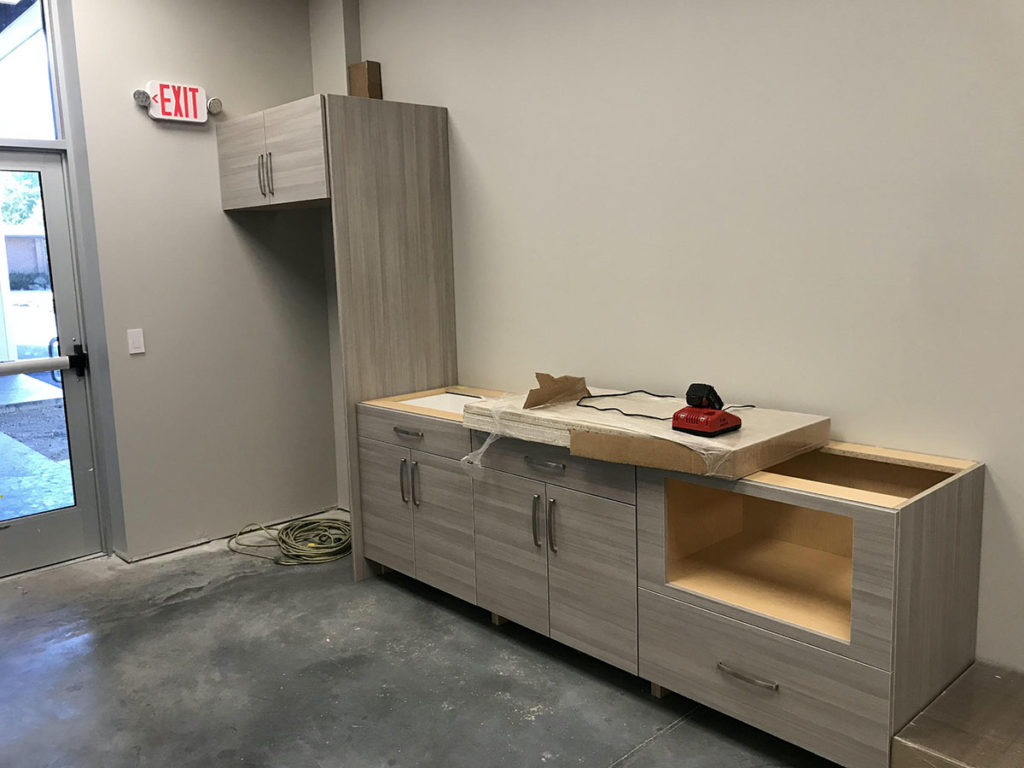
While the Company waits to see how “Nutcracker” performances shake out this winter, it has some options in its new location. The wall between two studios retracts, providing a potential performance space if needed.
Michlitsch is optimistic: “In one way or another, we will do ‘Nutcracker,’ even if we happen to do it in-house.”

